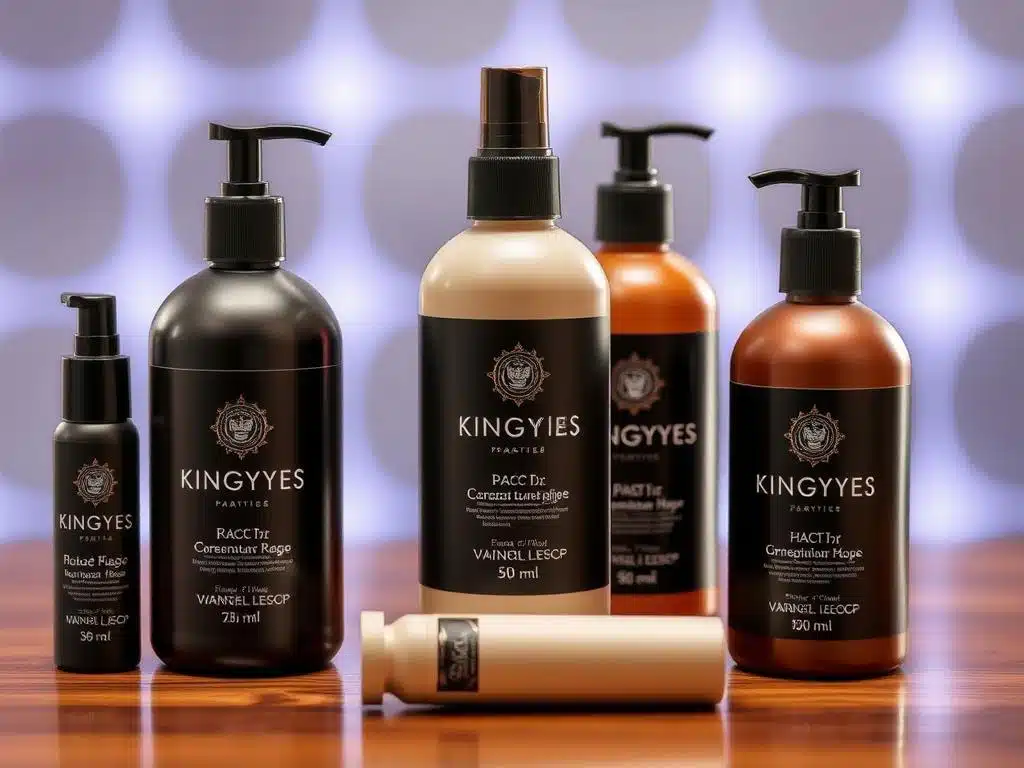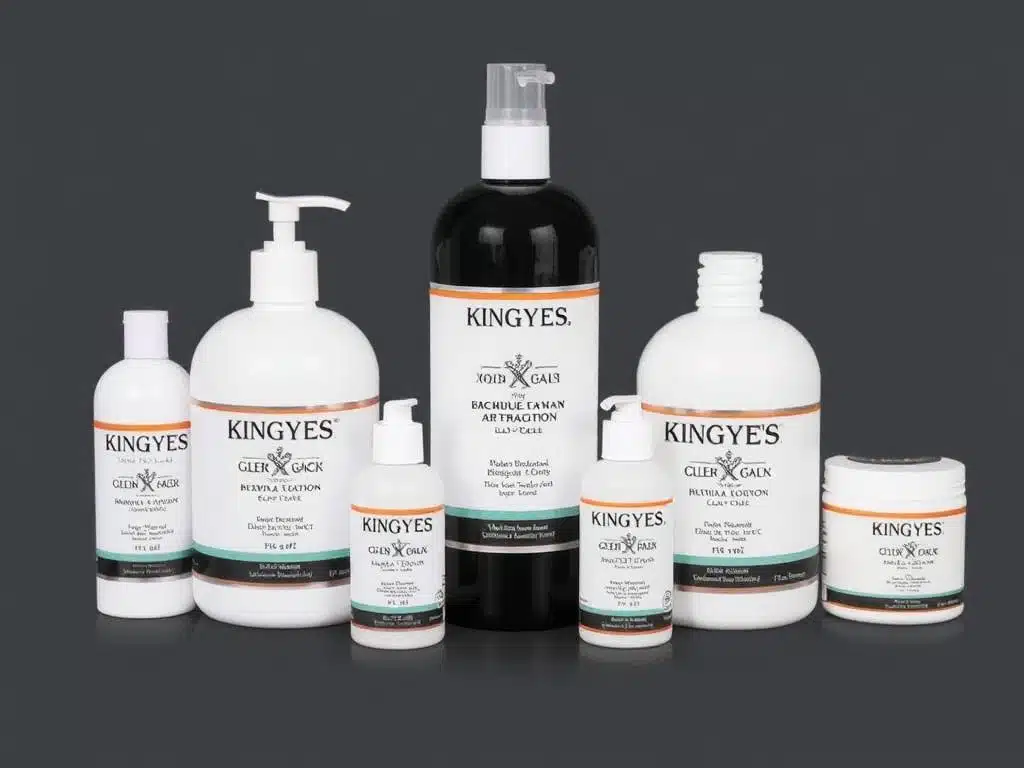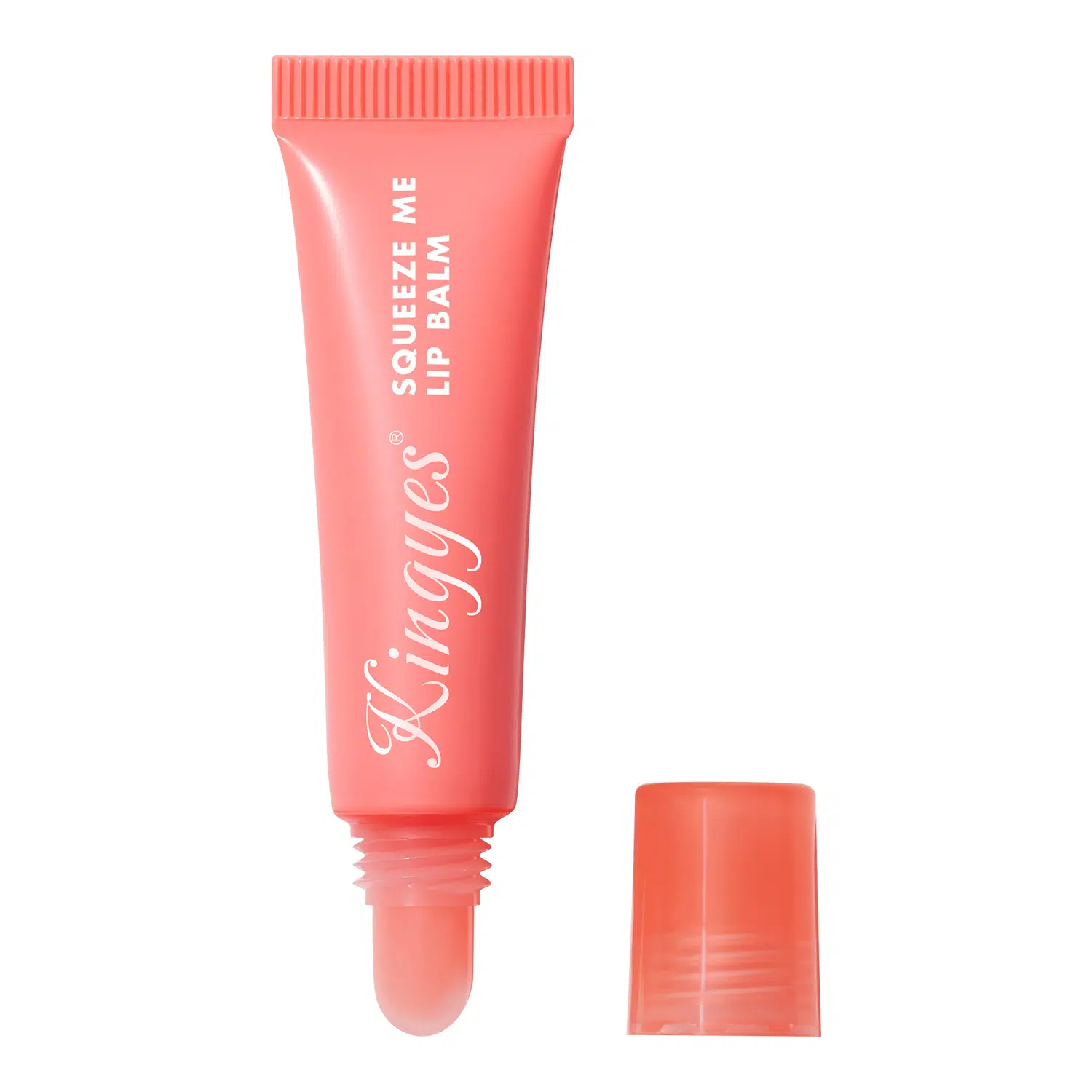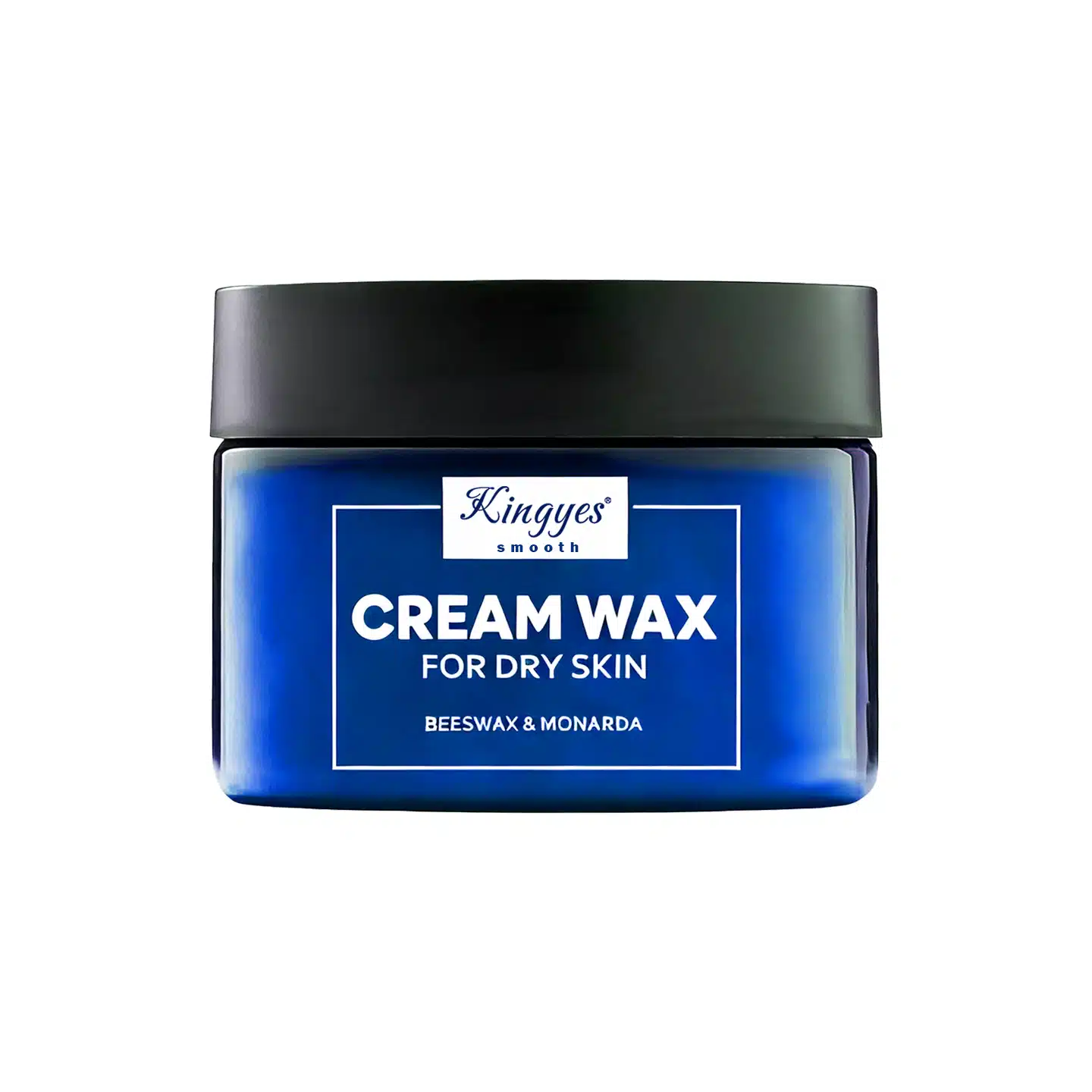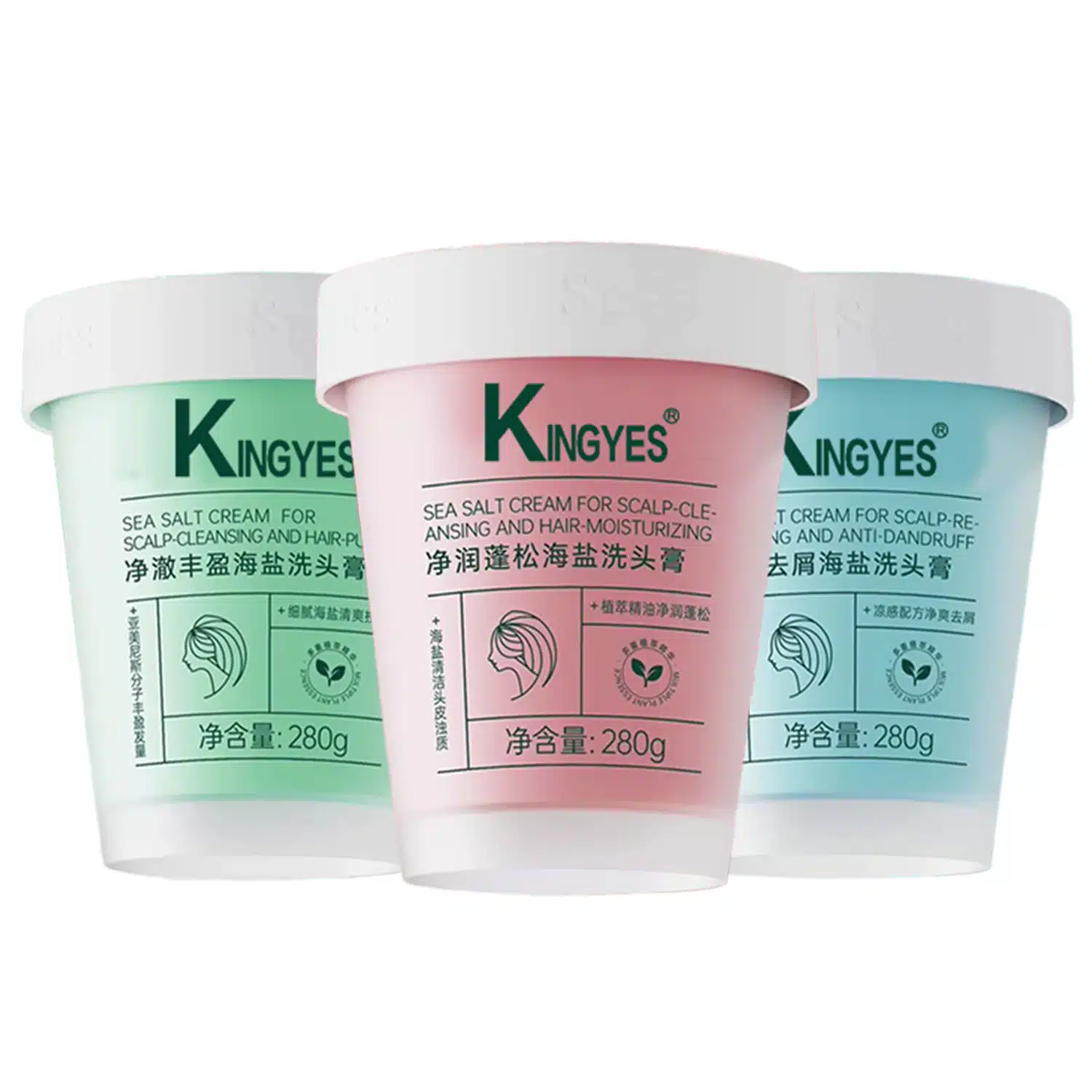
Are There Chemicals In Hair Products?
Table of Contents
Decoding the Labels: Are There Harmful Chemicals in Your Hair Products?
The average morning routine for many Americans includes using a variety of hair care products, from shampoo and conditioner to styling aids. But have you ever stopped to consider what chemicals are lurking in those products? While many hair products promise to cleanse, condition, and style our hair, some contain ingredients that may be harmful to their health and the environment. This article delves into the world of hair product ingredients, exploring common chemicals found in hair products, identifying potentially harmful ingredients, and discussing the debate around their safety. We’ll examine which ingredients you may want to avoid and why, helping you make informed choices about your hair routine. Many of these products are used daily. It’s important to understand the exact ingredients in your hair products.
What are Some of the Common Chemicals Found in Hair Products?
Many hair care products contain a cocktail of chemicals, each serving a specific purpose. Some common chemicals used in hair products include:
- Sulfates: These are surfactants, or cleansing agents, that create the lather in shampoos. They are very effective at removing dirt and oil, but they can also strip your hair of its natural oils, leading to dryness and irritation.
- Parabens: These are preservatives used in hair care products to prevent the growth of bacteria and mold. They have been linked to hormone disruption and breast cancer, although the evidence is not conclusive.
- Formaldehyde: This chemical is a known carcinogen and can be found in some hair straightening treatments. It is also used as a preservative in some products. You should avoid using products that contain this chemical.
- Fragrance: This is a catch-all term for a mixture of chemicals that are used to add scent to products. Some of these chemicals can be allergens or endocrine disruptors. They may also cause skin irritation. The Food and Drug Administration does not require companies to disclose the specific ingredients that make up a fragrance.
- Silicones: These are polymers that coat the hair shaft, making it feel smooth and look shiny. However, they can also build up on the hair over time, leading to dullness and weighing the hair down.
- Phthalates: These are often found in fragranced products. They are used to make fragrances last longer. They have been linked to reproductive problems and are banned from use in cosmetics in many countries.
It’s important to note that not all chemicals in hair products are bad. Many chemicals are used safely and effectively in cosmetic products. However, some chemicals have been linked to potential health risks, and it’s important to be aware of them. These are some of the chemicals that may be harmful. You should be aware of the ingredients used in hair care products. Products like shampoos often contain these ingredients.
Sulfates: The Cleansing Agents
Sulfates are a type of surfactant commonly used in shampoos for their powerful cleansing properties. They are very effective at removing dirt, oil, and product buildup from the hair and scalp. The most common sulfates found in hair products are sodium lauryl sulfate (SLS) and sodium laureth sulfate (SLES).
However, sulfates can also be harsh and drying, especially for people with sensitive skin or certain hair types. They can strip the hair of its natural oils, leading to dryness, irritation, and even damage. This is a particular problem for those with dry hair. Sulfates can also cause color fading in color-treated hair.
There are many shampoos available without sulfates. These are a gentler option. There are also hair care products available without sulfates.
Parabens: The Preservatives
Parabens are a group of chemicals that are widely used as a preservative in cosmetic and personal care products, including hair products. They are effective at preventing the growth of bacteria and mold, extending the shelf life of products. However, many hair care products contain parabens.
Concerns have been raised about parabens because they can mimic estrogen in the body, potentially acting as endocrine disruptors. Some studies have suggested a possible link between paraben exposure and breast cancer, although the evidence is not conclusive. Many people choose to avoid products that contain parabens.
Formaldehyde: The Hidden Danger
Formaldehyde is a colorless, strong-smelling gas that is classified as a known human carcinogen by the International Agency for Research on Cancer and the National Toxicology Program. It is used in some hair straightening treatments, also known as hair relaxers or keratin treatments, to help smooth and straighten the hair. You should be aware of the chemicals used in these treatments.
Formaldehyde exposure can cause a range of health problems, including eye and skin irritation, respiratory problems, and allergic reactions. There are also concerns about the long-term health effects of formaldehyde exposure, particularly for hair stylists who work with these products regularly. Formaldehyde can also linger in the air long after the treatment has been completed. You should avoid using products that contain ingredients that are harmful. You should research the ingredients in hair care products that you use.
Fragrance: The Great Unknown
The term “fragrance” on an ingredient label can be misleading. It often represents a complex mixture of dozens or even hundreds of chemicals, many of which may be synthetic and potentially harmful. These chemicals do not have to be individually disclosed. Fragrance is one of the most common bad ingredients in hair products.
Some of the chemicals used in fragrances have been linked to allergies, skin irritation, headaches, and even hormone disruption. Because the specific ingredients in a fragrance are often not listed, it can be difficult for consumers to know what they are being exposed to. This also makes it difficult for consumers to avoid ingredients that they may be sensitive to. You should be aware of the chemicals in hair products.
Silicones: The Smoothing Agents
Silicones are a group of synthetic polymers that are frequently used in hair products, particularly in conditioners and styling products. They work by coating the hair shaft, creating a smooth, protective layer that reduces frizz, adds shine, and makes the hair feel softer and more manageable. They can also help to protect the hair from heat damage.
However, silicones can also build up on the hair over time, leading to dullness and weighing the hair down. This can make it difficult to style the hair and may require the use of clarifying shampoos to remove the buildup. Some people also find that silicones make their hair feel greasy or coated. They can prevent moisture from penetrating the hair. The protective layer that they form prevents moisture from being absorbed.
Polyethylene Glycol: The Thickener
Polyethylene glycol (PEG) is a petroleum-based compound that is used in hair care products for a variety of purposes. It can act as a thickener, a solvent, a humectant (moisture retainer), and a penetration enhancer. Many hair products contain this chemical. It is a petrochemical solvent used in many products.
PEGs themselves are generally considered safe, but there are concerns about potential contamination with harmful byproducts, such as 1,4-dioxane and ethylene oxide, which are known or suspected carcinogens. The manufacturing process of PEGs can lead to the formation of these byproducts. It is described as a “potentially dangerous” chemical. The American Chemical Society has raised concerns about this chemical.
Triclosan: The Antibacterial Agent
Triclosan is an antibacterial and antifungal agent that was once commonly used in a variety of consumer products, including shampoos, soaps, and toothpaste. However, its use has declined in recent years due to concerns about its potential health and environmental effects. It is often used as a preservative.
Studies have suggested that triclosan may contribute to antibiotic resistance, disrupt hormone function, and harm aquatic life. In 2016, the FDA banned the use of triclosan in over-the-counter antibacterial soaps and body washes, but it is still permitted in some cosmetics, including some hair products. It is still used in shampoo in some countries.
Phthalates: The Fragrance Enhancers
Phthalates are a group of chemicals that are often used in fragranced hair products, such as shampoos, conditioners, and hair sprays. They are also used in hair dyes. They are used to help dissolve other ingredients and to make fragrances last longer. This makes them popular in the hair care industry.
However, phthalates have been linked to a number of health concerns, including hormone disruption, reproductive problems, and developmental issues. They are classified as endocrine disruptors. They have also been linked to certain types of cancer. Due to these concerns, many hair care brands have started to formulate their products without phthalates.
Here is a table outlining some of the common chemicals found in hair products, their functions, and potential concerns:
| Chemical Category | Examples | Function in Hair Products | Potential Concerns |
|---|---|---|---|
| Sulfates | Sodium Lauryl Sulfate (SLS), Sodium Laureth Sulfate (SLES) | Surfactants; create lather, remove dirt and oil | Can be harsh and drying, stripping hair of natural oils; may cause skin and scalp irritation; potential for contamination with 1,4-dioxane (a possible carcinogen) |
| Parabens | Methylparaben, Ethylparaben, Propylparaben, Butylparaben | Preservatives; prevent bacterial and fungal growth | Potential endocrine disruptors; may mimic estrogen and have been linked to breast cancer (evidence is inconclusive) |
| Formaldehyde & Releasers | Formaldehyde, DMDM Hydantoin, Diazolidinyl Urea, Imidazolidinyl Urea | Preservatives; prevent microbial growth, also used in hair straightening treatments | Formaldehyde is a known human carcinogen; can cause skin irritation, allergic reactions, and respiratory problems |
| Fragrance | Fragrance, Parfum (often a mix of undisclosed chemicals) | Adds scent to products | Can contain allergens, irritants, and endocrine disruptors; specific ingredients often not disclosed due to trade secret protection |
| Silicones | Dimethicone, Cyclomethicone, Amodimethicone | Smooth the hair cuticle, add shine, reduce frizz, provide heat protection, detangle | Can build up on hair, leading to dullness and weighing hair down; may prevent moisture from penetrating the hair shaft; some concerns about environmental persistence |
| Polyethylene Glycols (PEGs) | PEG-40 Hydrogenated Castor Oil, PEG-7 Glyceryl Cocoate | Thickeners, solvents, humectants, penetration enhancers | Generally considered safe, but may be contaminated with 1,4-dioxane and ethylene oxide (possible carcinogens) |
| Triclosan | Triclosan | Antibacterial and antifungal agent | May contribute to antibiotic resistance; potential endocrine disruptor; harmful to aquatic life; banned in some products in the U.S., but may still be found in some cosmetics |
| Phthalates | Dibutyl Phthalate (DBP), Diethylhexyl Phthalate (DEHP), Diethyl Phthalate (DEP) | Used in fragrances to make them last longer; plasticizers | Potential endocrine disruptors; linked to reproductive and developmental problems; some phthalates are banned or restricted in cosmetics in certain countries |
It is also worth noting that there are many hair styling products that contain potentially harmful chemicals. These might include hair spray, hair gel, or hair wax. You should always check the list of ingredients before using a new product.
Are All Chemicals in Hair Products Bad?
It’s important to emphasize that not all chemicals in hair products are bad. Many chemicals, both natural and synthetic, are used safely and effectively in cosmetics. The key is to be informed about the potential risks associated with certain ingredients and to choose products that align with your personal preferences and values. You should avoid products containing harmful chemicals.
Many hair care companies are now offering products that are formulated with fewer harsh chemicals and more natural or organic ingredients. These products often market themselves as “clean,” “natural,” or “organic.” However, it’s important to remember that these terms are not always strictly regulated, and it’s still important to read ingredient labels carefully. You should look for products that contain natural ingredients.
How to Choose Safer Hair Products
With so many hair products on the market, it can be overwhelming to choose safer options. Here are some tips:
- Read Ingredient Labels: Familiarize yourself with the names of ingredients you want to avoid and learn to decipher ingredient lists. Look for products that list all ingredients transparently. You should also look for products that don’t contain harmful chemicals.
- Look for Certifications: Certifications like USDA Organic, Ecocert, and EWG Verified can provide some assurance that a product meets certain standards for ingredient safety and environmental responsibility. This can help you to choose safer products.
- Start with Simple Swaps: You don’t have to overhaul your entire hair routine at once. Start by replacing one or two products with safer alternatives. You might want to start with your shampoo and conditioner.
- Consider Your Hair Type and Needs: Choose products that are formulated for your specific hair type and concerns. For example, if you have dry hair, look for products that are moisturizing and nourishing. If you have curly hair, look for products that are designed to enhance and define your curls.
- Do Your Research: Research brands and their ingredients online. Look for reviews from other consumers and see what experts have to say. There are many resources available to help you learn more about hair product ingredients.
- Patch Test: Before using a new product on your entire head, do a patch test on a small area of skin to check for any allergic reactions or irritation. This is especially important if you have sensitive skin.
- Listen to Your Hair: Pay attention to how your hair and scalp react to different products. If a product makes your hair feel dry, brittle, or irritated, stop using it and try something else. Your hair will tell you if a product is not working for it.
By following these tips, you can make more informed choices about the hair products you use and choose options that are safer for your health and the environment. You can find many hair products that are made with natural ingredients.
Key Takeaways:
- Many hair care products contain chemicals that may be harmful to their health or the environment. These are often marketed as essential consumer products.
- Common chemicals used in hair products include sulfates, parabens, formaldehyde, fragrance, silicones, polyethylene glycol, triclosan, and phthalates. There are many chemicals that are harmful to health.
- Sulfates are cleansing agents that can be harsh and drying. They can dry out your hair.
- Parabens are preservatives that have been linked to hormone disruption. There is concern over the use of parabens in hair products.
- Formaldehyde is a known carcinogen found in some hair-straightening treatments. It is a very harmful chemical.
- “Fragrance” can be a catch-all term for a mixture of undisclosed chemicals, some of which may be allergens or endocrine disruptors. Many of these chemicals linger in the air.
- Silicones can smooth the hair and add shine but may also lead to buildup. They can make the hair look dull.
- Polyethylene glycol (PEG) is a thickener and penetration enhancer that may be contaminated with harmful byproducts.
- Triclosan is an antibacterial agent that has been linked to antibiotic resistance and hormone disruption. It is no longer used in many products.
- Phthalates are often used in fragrances and have been linked to reproductive problems. They can be particularly harmful to health.
- Not all chemicals in hair products are bad, but it’s important to be informed about potential risks. There are many chemicals that are safe to use in cosmetic products.
- You can choose safer hair products by reading ingredient labels, looking for certifications, starting with simple swaps, considering your hair type and needs, researching brands, patch testing, and listening to your hair. You should also avoid products that contain toxic ingredients.
By being aware of the ingredients in your hair products and making conscious choices, you can minimize your exposure to potentially harmful chemicals and choose products that are better for your health and the environment. The hair care industry is constantly evolving, and there are more options than ever for those seeking safer and more sustainable hair care solutions. It is important to research the ingredients in hair care products before you use them. You should also be aware of the potential risks associated with certain ingredients. This will help you to make informed choices about the products you use on your hair. There are many hair products toxic to human health. You should always check the ingredient lists before using a new product. You should also research the ingredients in hair products to ensure that they are safe. Many people do not realise that their hair products contain harmful chemicals. This is why it is so important to research the ingredients in your hair products. You should also be aware of the potential risks associated with certain ingredients. This will help you to make informed choices about the products you use on your hair. There are many products that contain harmful chemicals. You should always check the ingredients found in hair products before using them. This will help you to avoid any potential health risks. You should also research the ingredients to ensure that they are safe for your hair type. If you have any concerns about the ingredients in your hair products, you should consult with a dermatologist or other healthcare professional. They can help you to choose products that are safe for your hair and scalp. They can also advise you on how to use the products safely. There are many hair care products on the market. It is important to choose products that are right for your hair type and concerns. You should also consider the ingredients in the products and choose those that are safe and effective. By following these tips, you can help to keep your hair healthy and looking its best. There are many products containing harmful chemicals. You should also ensure that any hair styling products that you use are safe. There are many hair styling products that contain harmful chemicals. You should always check the ingredients used in hair products before using them. This is one of the most important things to remember when choosing hair products. There are many ingredients used in hair dyes that can be harmful. You should always check the ingredients before using a hair dye. The chemicals used in hair dyes can be particularly harmful. You should always follow the instructions carefully when using hair dyes. You should also do a patch test before using a hair dye for the first time. This is important, even if you have used the product before.
Comments
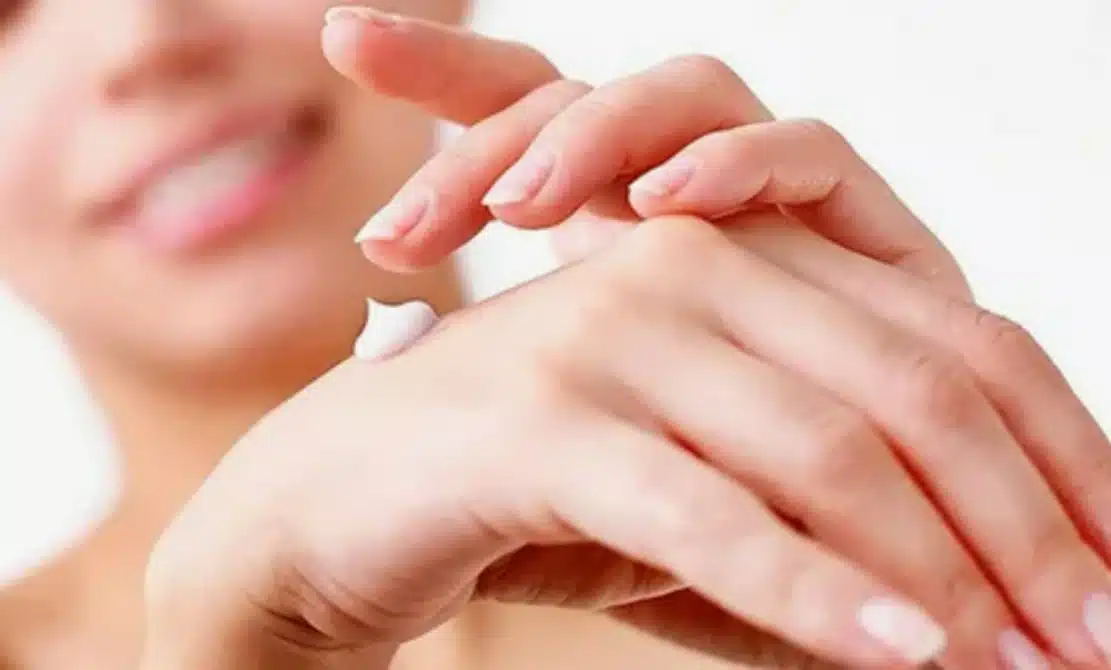
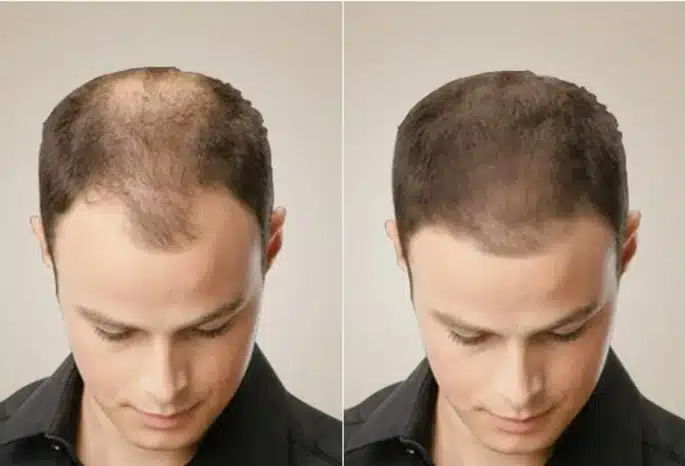
Can I Spray My Whole Head With Root Touch Up?
Have you ever wondered if you can spray your whole head with root touch-up?

What Hair Color To Look Younger?
Choosing the right hair color can take years off your appearance and boost your confidence.
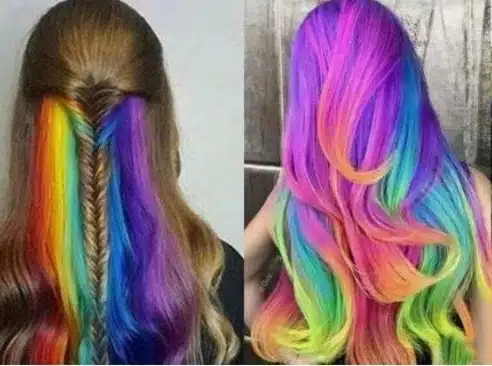
How Does Temporary Hair Color Spray Work?
Ever wanted to change your hair color without the commitment?
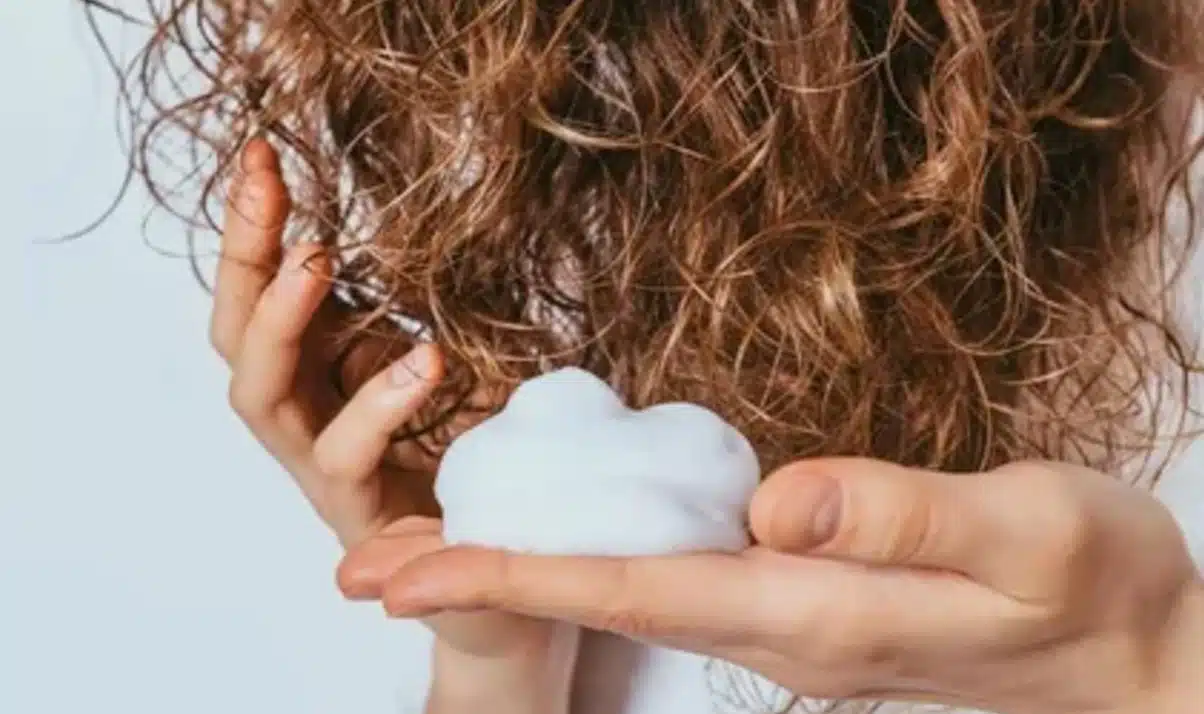
What Is Hair Styling Mousse Used For?
Ever wondered how to achieve that salon-quality look at home?
- +86 151 1839 7303
- [email protected]
- Mon-Sun 07:00-23:00
Tags
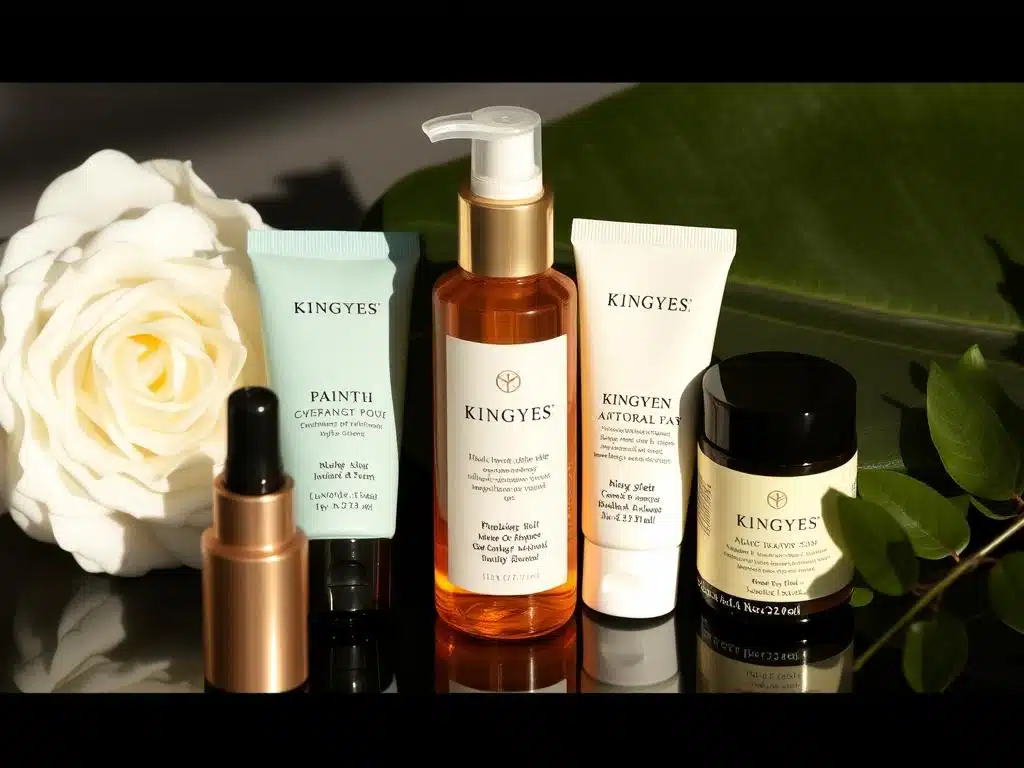
How To Sell Cosmetics On WeChat?
Are you ready to tap into the world’s largest beauty market?

How To Sell Cosmetics On Shopee?
Looking to sell cosmetics and tap into the booming e-commerce market of Southeast Asia?
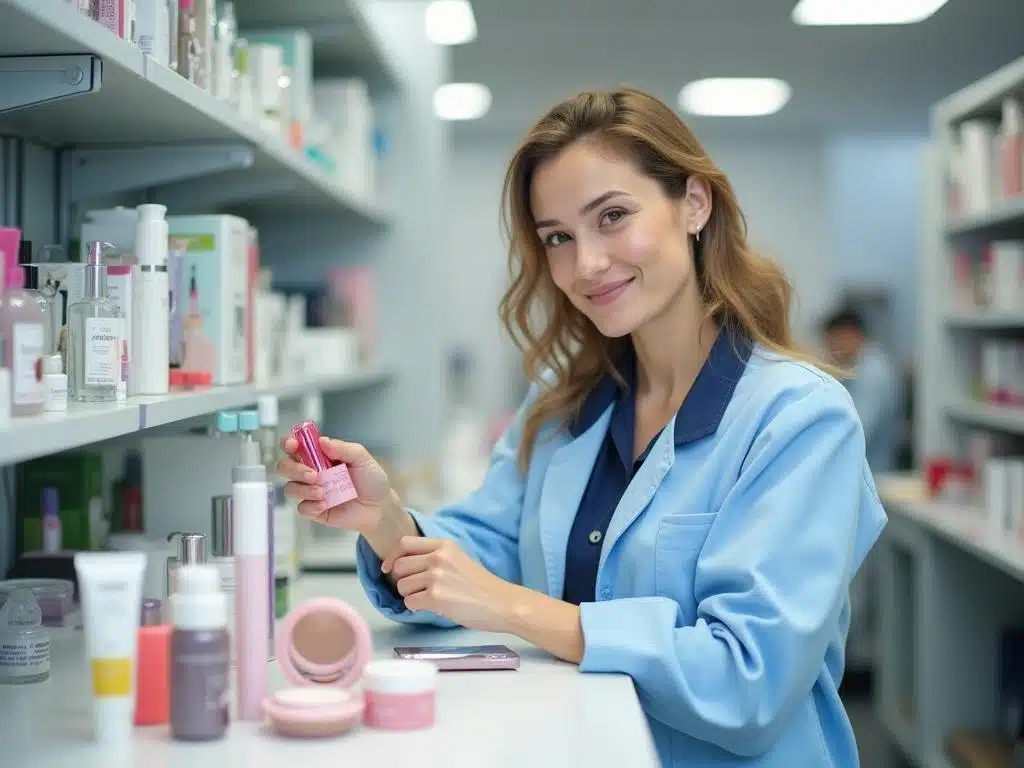
How To Cooperate With Cosmetics Factories?
In the dynamic and competitive beauty industry, partnering with the right cosmetic manufacturer is paramount to the success of your cosmetics business.

